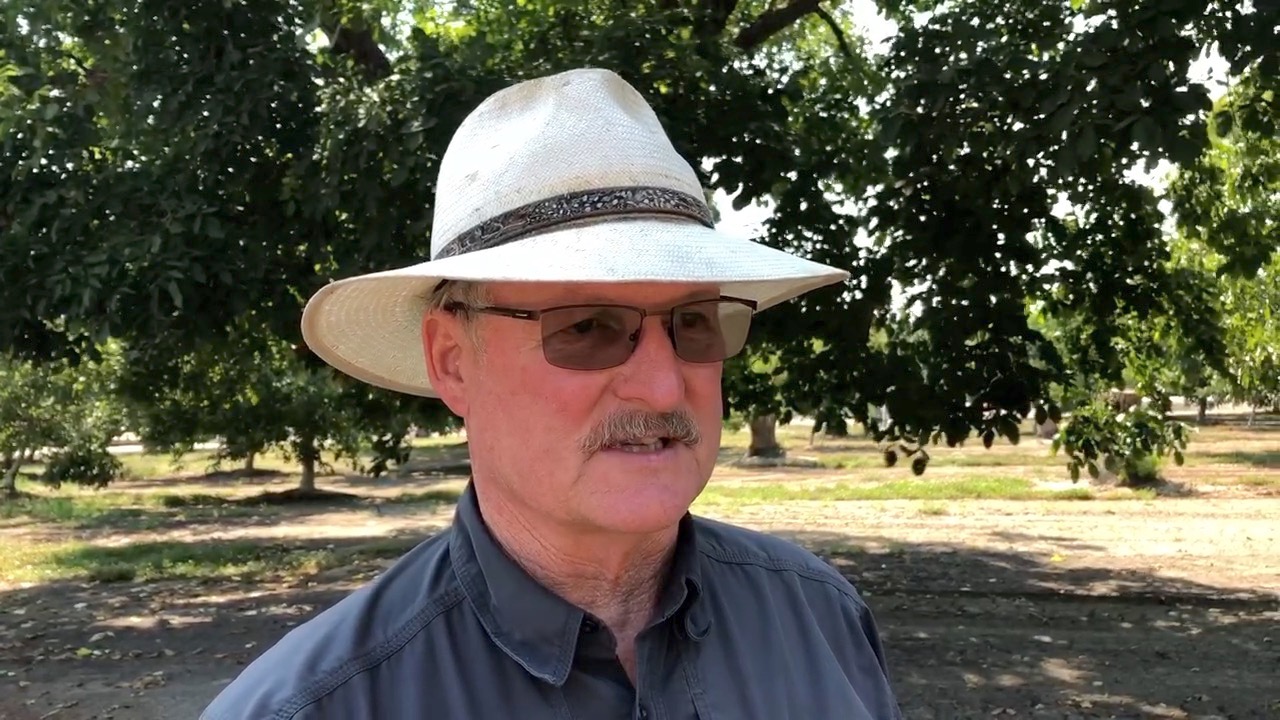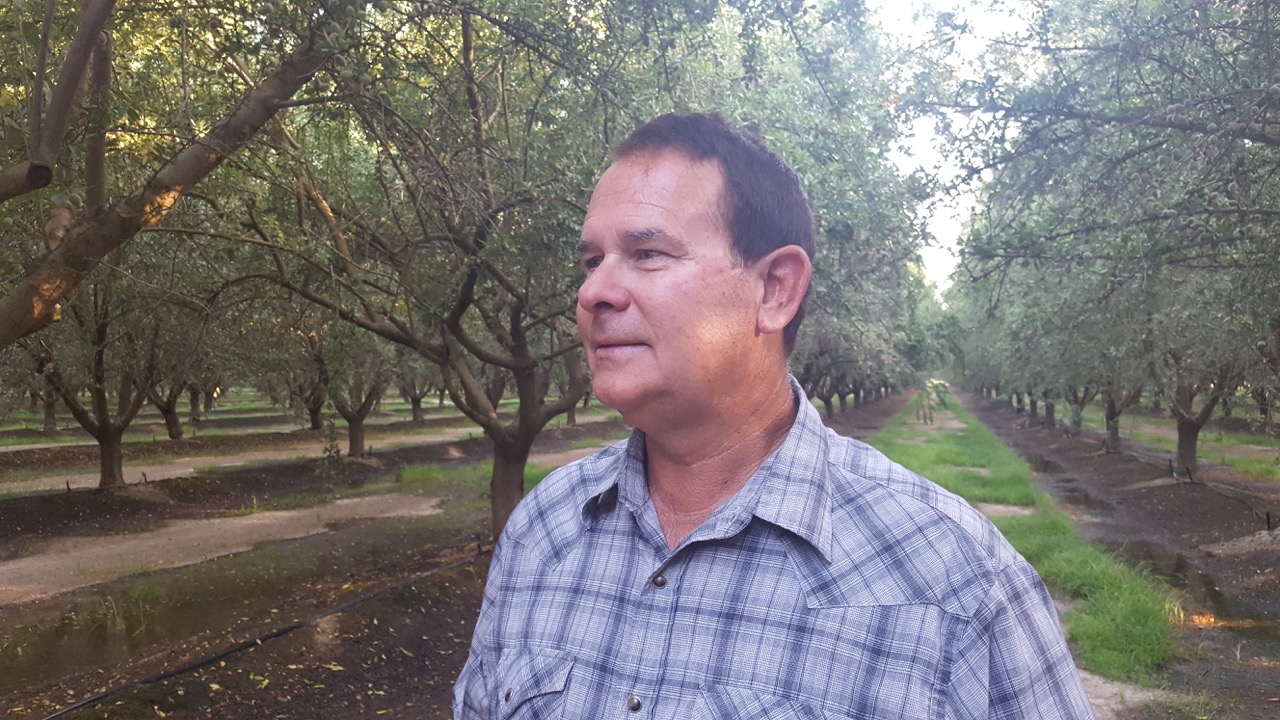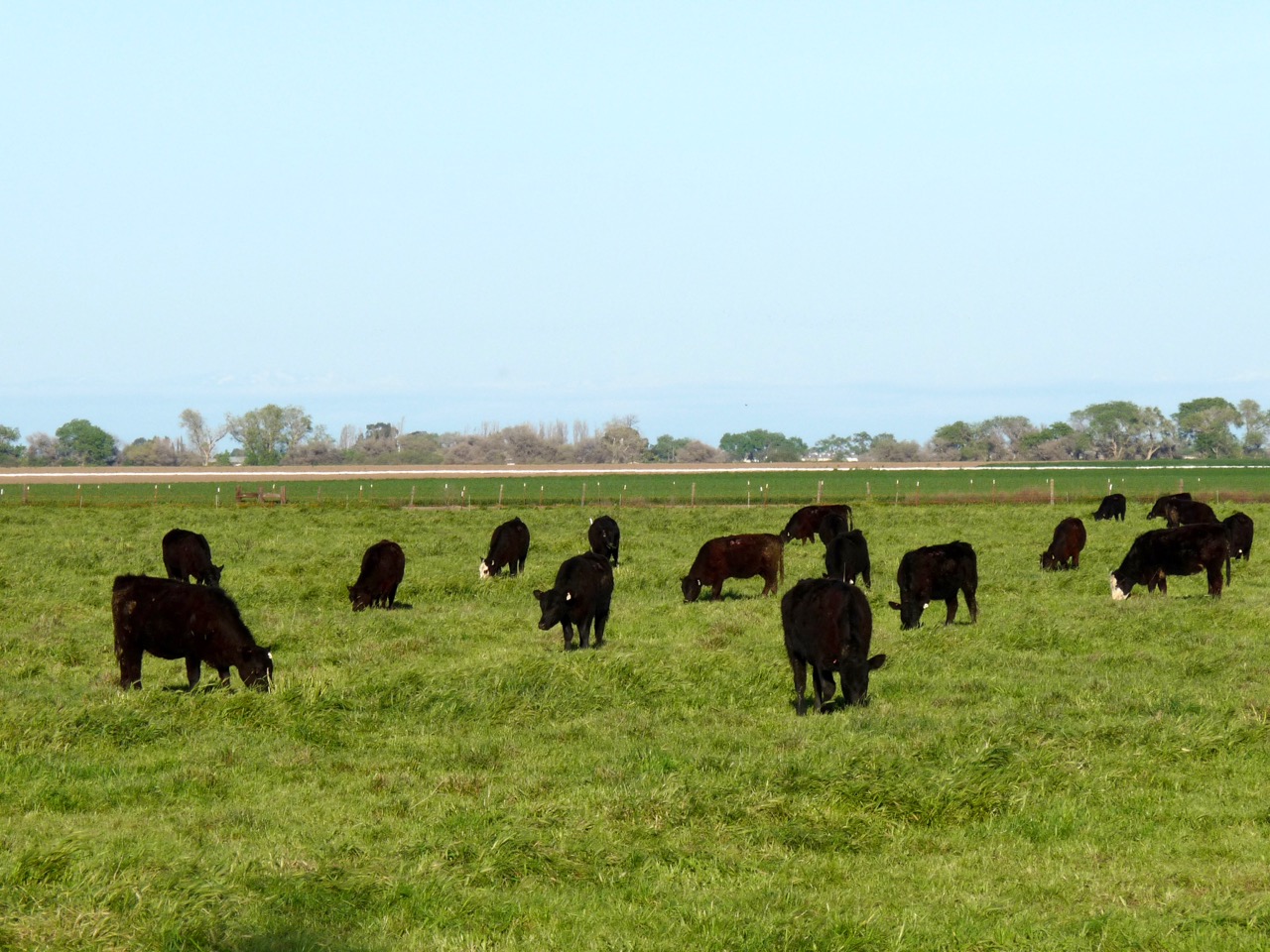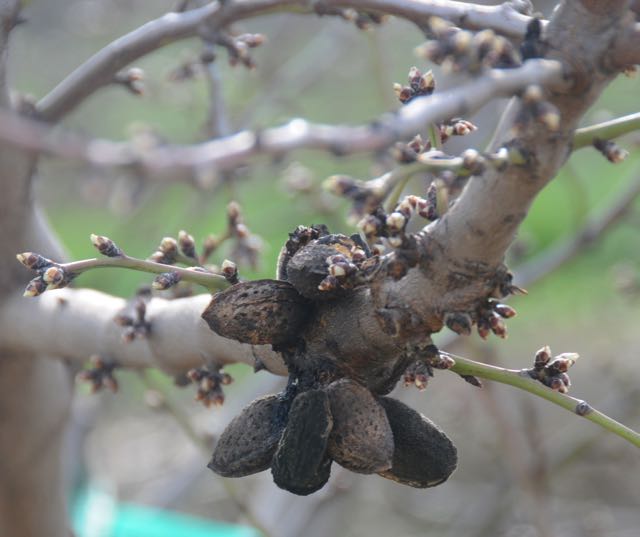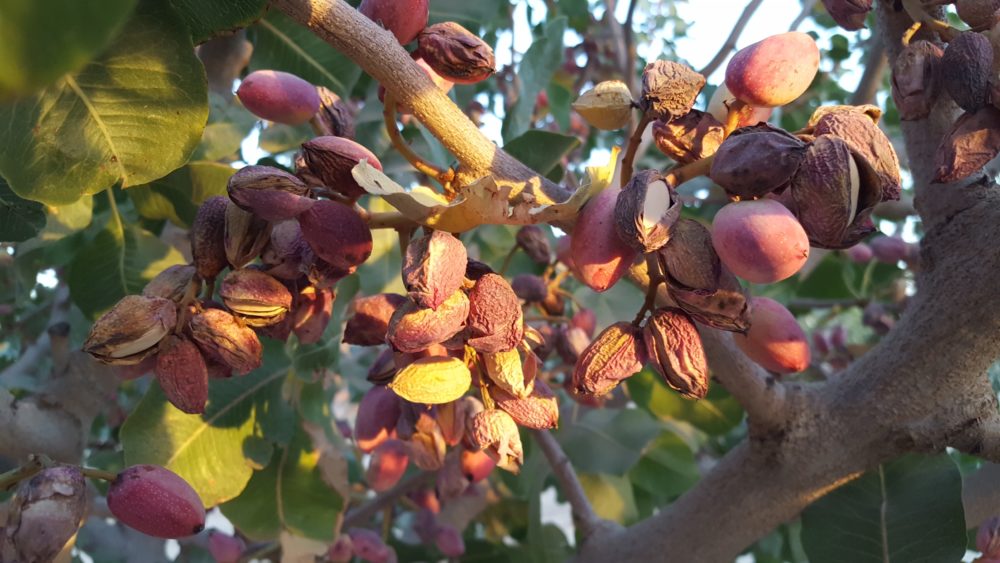Lessening Negative Feelings Over Trade War
Walnut Processors Maintain Optimism
By Patrick Cavanaugh, Editor
California Ag Today recently spoke with Paul Wenger, past president of the California Farm Bureau Federation. He farms 700 acres of almonds and walnuts in Stanislaus County. He said that California Farmers and other stakeholders of the industry need to be less negative about the current trade war with China.
“The more we talk negatively, the more that negative things are going to happen,” he said. “As I talked to walnut processors. They’re optimistic. That’s good news. I’ve talked to some walnut processors and said, ‘Well, what’s going to happen this year?’ We shouldn’t expect much as far as prices.”
“Marketing is always a self-fulfilling prophecy and it’s more psychology than it is anything,” Wenger said. “We are one of the largest producers now. Certainly, China is the largest producer. But China had a terrible crop and so they need walnuts, and so strange things can happen and the Chinese are always one that can bend the rules when they need.”
“We know that’s why President Trump has been going after China supposedly over some of these intellectual properties. Certainly, those aren’t the things that hurt agriculture, but we in agriculture are paying the price as we look at these countervailing tariffs that are coming on,” Wenger said.
Wenger explained that the Chinese know that, throughout the Midwest, it was the farm vote that helped and the rural states that helped bring home a victory for the president, so they’re going to go after President Trump.
A large amount of product was sold last season at a low price.
“We just go through the Affordable Care Act and then the port slowdown on the 2015 crop, which went into the 2016 crop, which was a little better We got a little bit better than 2017 crop was a good year for us,” Wenger said. ‘So you’re looking at a pretty good ’18 and now this happens.”

